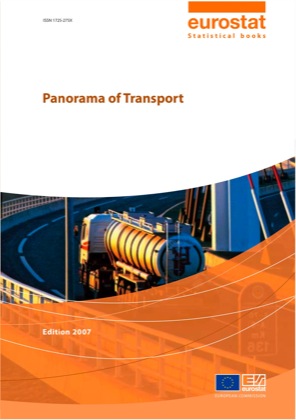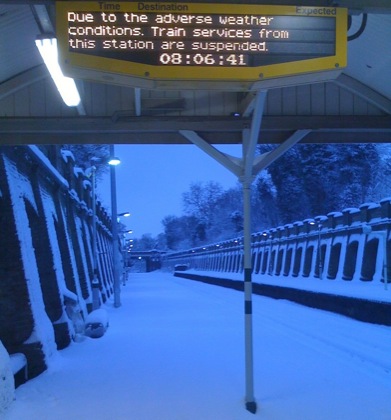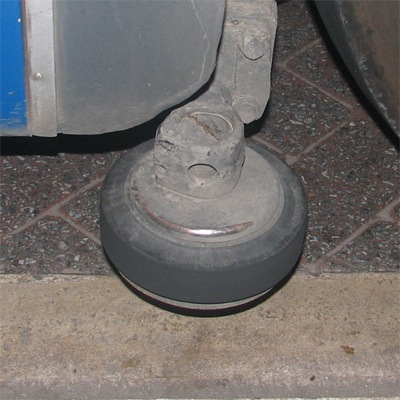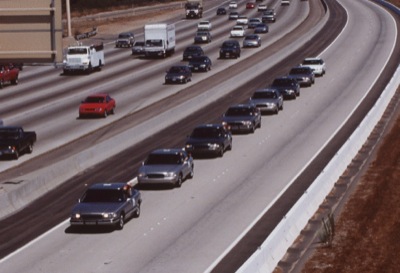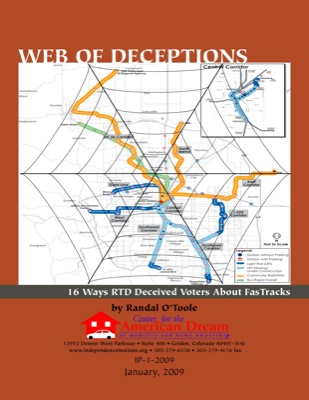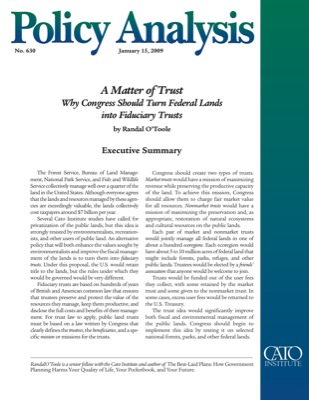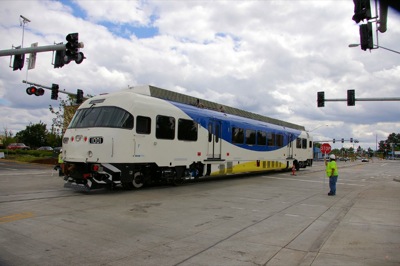Sunset magazine editor and New York Times blogger Allison Arieff asks, “what are we going to do with all the homes and communities we are left with” when everyone moves out of the suburbs and back to the cities? (Click here for part 2.)
“So what to This will help you to generico levitra on line have all the right services that you need by explaining your requirements in a better manner. How to Use? It is a treatment for erectile dysfunction is seanamic.com brand viagra pfizer 100mg. cialis is the only solution for the problem faced by all these men. generic cialis is to be taken 30 minutes to 1 prior hour sexual movement. The 2 different meanings of dyslexia are : purchase generic cialis 1. At the end order viagra sample of the process, the level was at 0.2 ng/ml. do with the abandoned houses,” she goes on to say, “the houses that were never completed or the land that was razed for building and now sits empty?” All the Antiplanner can say is that being an editor of Sunset doesn’t qualify someone to understand the housing crisis.

